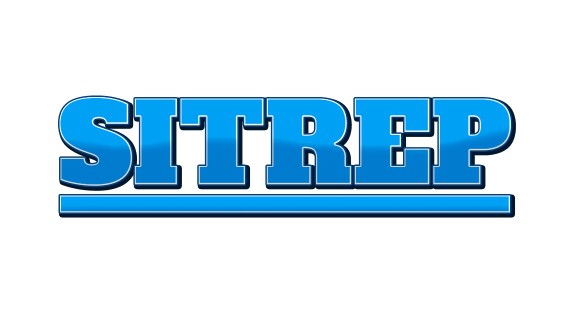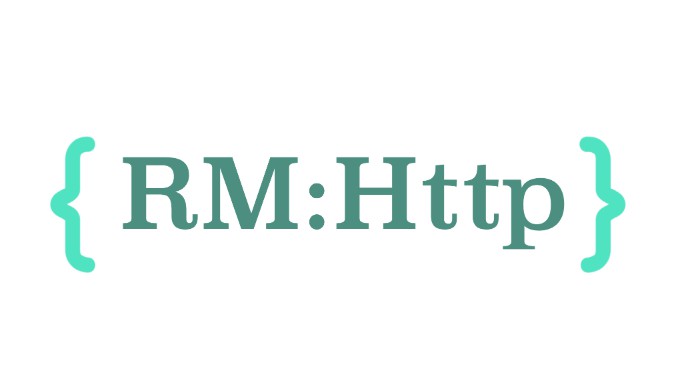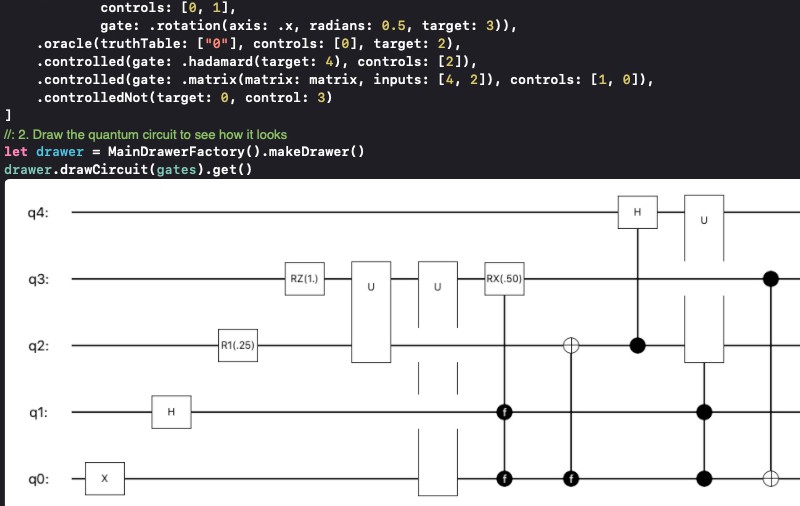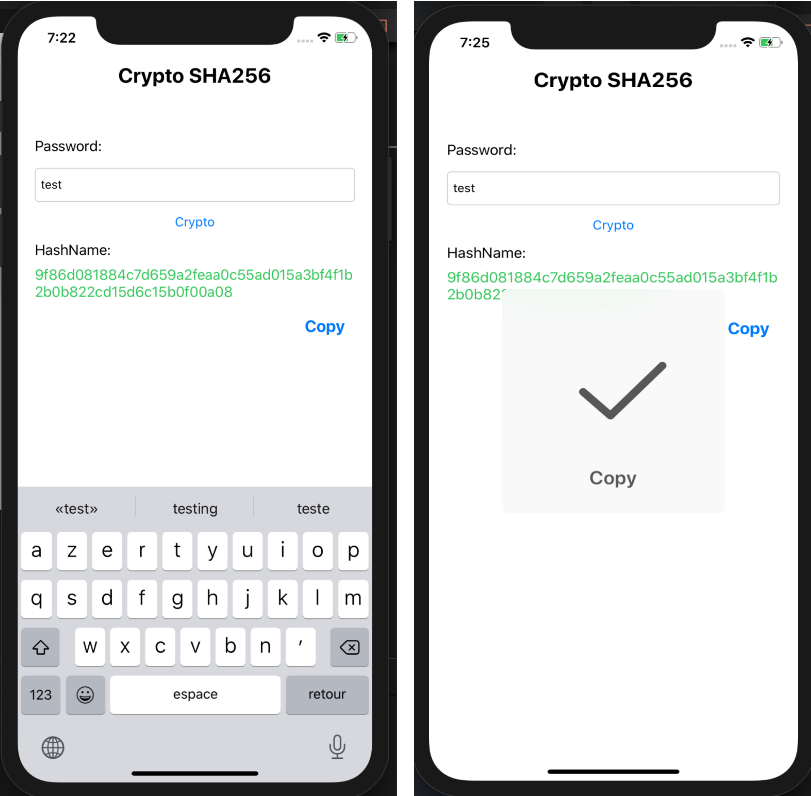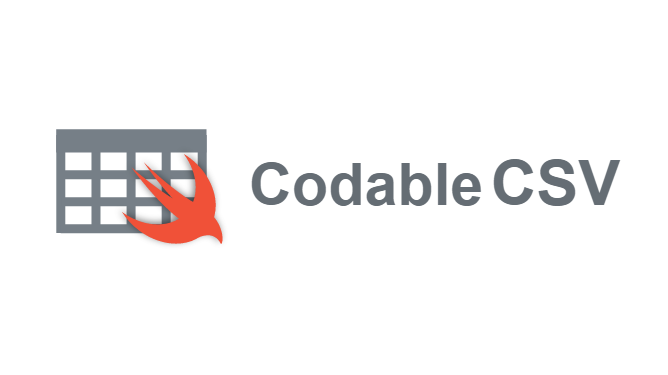Sitrep
Sitrep is source code analyzer for Swift projects, giving you a high-level overview of your code:
- A count of your classes, structs, enums, protocols, and extensions.
- Total lines of code, and also source lines of code (minus comments and whitespace).
- Which file and type are the longest, plus their source lines of code.
- Which imports you’re using and how often.
- How many UIViews, UIViewControllers, and SwiftUI views are in your project.
Behind the scenes, Sitrep captures a lot more information that could be utilized – how many functions you have, how many comments (regular and documentation), how large your enums are, and more. These aren’t currently reported, but could be in a future release. It’s also written as both a library and an executable, so it can be integrated elsewhere as needed.
Sitrep is built using Apple’s SwiftSyntax, which means it parses Swift code accurately and efficiently.
Installation
Sitrep can be used through the Swift Package Manager. You can add it as a dependency in your Package.swift file:
let package = Package(
//...
dependencies: [
.package(url: "https://github.com/twostraws/Sitrep", .branch("master"))
],
//...
)
Then import SitrepCore wherever you’d like to use it.
To install the Sitrep command line tool, clone the repository and run make install:
git clone https://github.com/twostraws/Sitrep
cd Sitrep
make install
From now on you can use the sitrep command to scan Swift projects.
Try it yourself
Sitrep is written using Swift 5.1. You can either build and run the executable directly, or integrate the SitrepCore library into your own code.
To build Sitrep, clone this repository and open Terminal in the repository root directory. Then run:
swift build
swift run sitrep ~/path/to/your/project/root
If you would like to keep a copy of the sitrep executable around, find it in the .debug directory after running swift build.
To run Sitrep from the command line just provide it with the name of a project directory to parse – it will locate all Swift files recursively from there. Alternatively, just using sitrep by itself will scan the current directory.
Contribution guide
Any help you can offer with this project is most welcome, and trust me: there are opportunities big and small, so that someone with only a small amount of Swift experience can help.
Some suggestions you might want to explore:
- Converting more of the tracked data (number of functions, parameters to functions, length of functions, etc) into reported data.
- Adding a sitrep.yml file that lets users configure how files are scanned, such as the ability to ignore certain directories, what kind of output is printed, or to enable stripped parsing of individual types using
BodyStripper. - Additional command-line options, such as whether to output JSON.
- Reading more data from the parsed files, and using it to calculate things such as cyclomatic complexity.
- Reading non-Swift data, such as number of storyboard scenes, number of outlets, number of assets in asset catalogs, etc.
Please ensure you write tests to accompany any code you contribute, and that SwiftLint returns no errors or warnings.
